How I'm approaching the land acquisition process for a smart village in Italy - Village Builder Insider #2
In my mind, I’m a warrior for utopia.
This is what regenerative village building means to me.
So when sterile words like “land acquisitions” are part of the territory, I experience cognitive dissonance.
Yet, jargon doesn’t have to determine how holistic and caring the process can be. The more land we acquire, the more territory we can put into community land trusts and under conscious stewardship. We do it for the future.
Last week, paid subscribers were asking for advice on the land acquisitions process. Everything you’d need to know about that could fill a whole book. So while I’m researching to provide enough specialized information on the topic, I will write from what I know.
Partnerships
Rather than approach the land acquisitions as a transaction, I’ve been building relationships with the land owners so that this can be a joint venture.
I am still entertaining investors that want to buy the land so that the families that own it can be compensated, if that is the best course of action. Other possibilities include a 100-year lease, investment in the project only, or buying into the Italian company that was formed to own the land as its only asset.
In the end, I am not so interested in having a foreign investor come and buy land from these Sardinians. It doesn’t taste regenerative.
My focus is slowness and trust. With my team being entirely male, this is my feminine leadership.
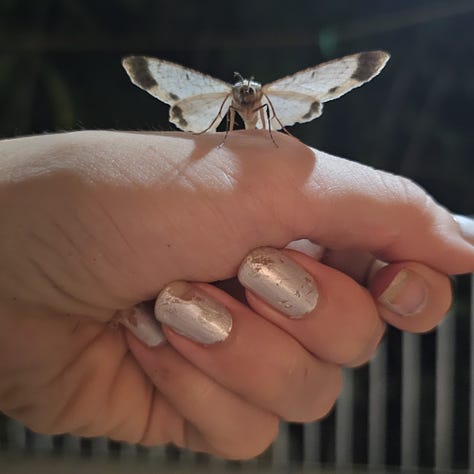
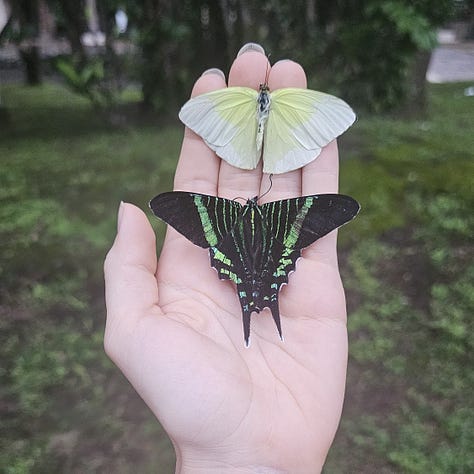

A couple of notes on this:
This is typically considered a more unstable approach, because owners can change their mind — no longer aligning with the vision or what the community becomes — and have power to “pull the plug”. Your legal agreements need to be clearly stipulated.
I can be a bit more cavalier about not needing the security to be able to live there forever, because I am building this to build more regenerative villages in the world. I advise people building a homestead or permanent community that they want to have more influence over to buy their land outright.
On the flip side, I feel like this will be a good monitor to make sure that the project serves the local community first.
Sensemaking
Sometimes I feel like I am moving too slow with creating this village. That I am a poor project manager, or that I am letting it stagnate and projects like these need momentum and rapid development. This is my Western brain talking.
Truth: I am still sensing in to what wants to happen with the land. This must include the perspectives of the current land owners, the neighbors, the nearby village, and the land itself.
To facilitate the creation of something fundamentally based in local context, you need to ask questions. This is key. In fact, my community research is indicating that this helps village projects succeed and limits unintended negative impacts on the local area.
Physical Visit
My agenda for when I visit the land for the first time in September:
Share as many meals as possible with the land owners. Sit, talk, and build rapport.
Tour the land on foot and by horse. See as much of it as possible in order to understand the layout and possibilities.
Talk with the engineer caring for the land to gain insight beyond his reports into the nature of the space.
Visit municipalities to request records on the land. This needs to be done strategically! Revealing our cards too much could actually work against our favor.
Find a sit spot and meditate on the land, in hopes of being able to have a conversation with it. If what I want for the land isn’t what the land wants, I’ll be prepared to walk away.
Spiritual Considerations for Becoming a Land Steward
My friend, Brady Hedlund — a graduate of the New Earth Development program for regenerative land projects and an incredible community builder — has been on the land search for several years. He has had several land opportunities fall through.
His last land they were paying to survey, they sought spiritual conversations with the land. He was working with a local curandero, who advised against building on the land. It turned out that land was full of poison oak they would have had to chemically spray back to make the land habitable.
Despite Brady’s previous frustrations, he was determined to uphold the integrity and not force development. If you’re interested in joining or supporting his community in Puerto Escondido, Mexico, contact me and I’ll connect you.
Warning Signs
There are TONS of common warning signs when acquiring land. Here are a few that I have identified in my project:
Multiple Owners
The legal documents of the land’s ownership reveal multiple shareholders of the company. While the contact I am partnering also has complete power to overrule the decision of the shareholders, there is a desire in me to make sure everyone who has stake gets what they want. Disputes? No thank you.
Zoning
The zoning makes it suitable for farming, ranch, recreational, residential, or hotel. However, I believe in integrated zones where you can meet all your needs. Odd things I want to build also include gondolas to preserve as much ground floor and biological corridor as possible.
As any village builder, I’m curious about the extent of the zoning possibilities.
Local Bureaucracy
Ecovilla’s CEO just visited Sardinia to present the masterplan for their 3rd ecovillage location. He warned me that the process was ridiculous.
Professional consultations from the topographers, architects, and municipalities conflicted with one another. The written law and written agreements were not as important as “this is how we do things” attitude. The Sicilians were anti-foreigner, even though Marcelo is an Argentinian with an Italian passport.
I imagine that I may face a host of cultural challenges in working with local officials — everything from machismo to disdain for Americans. I am learning Italian (again) so I can at least connect with them on the linguistic level.
Well, that’s me.
I know it’s not particularly rich in resources, but the point of this series is to document and expose the journey so that it’s less mysterious to others.
And just a small reminder that we are doing our best, and it will take time to untwist this world. I hope we can do this together.
One of my affiliated partners, Community Finders, run by Cynthia Tina, offers services for people seeking ecovillages or building ecovillages. I highly recommend you join one of her courses to uplevel your ecovillage journey.
Use the code TERRENITY for $100 off your ecovillage tour.





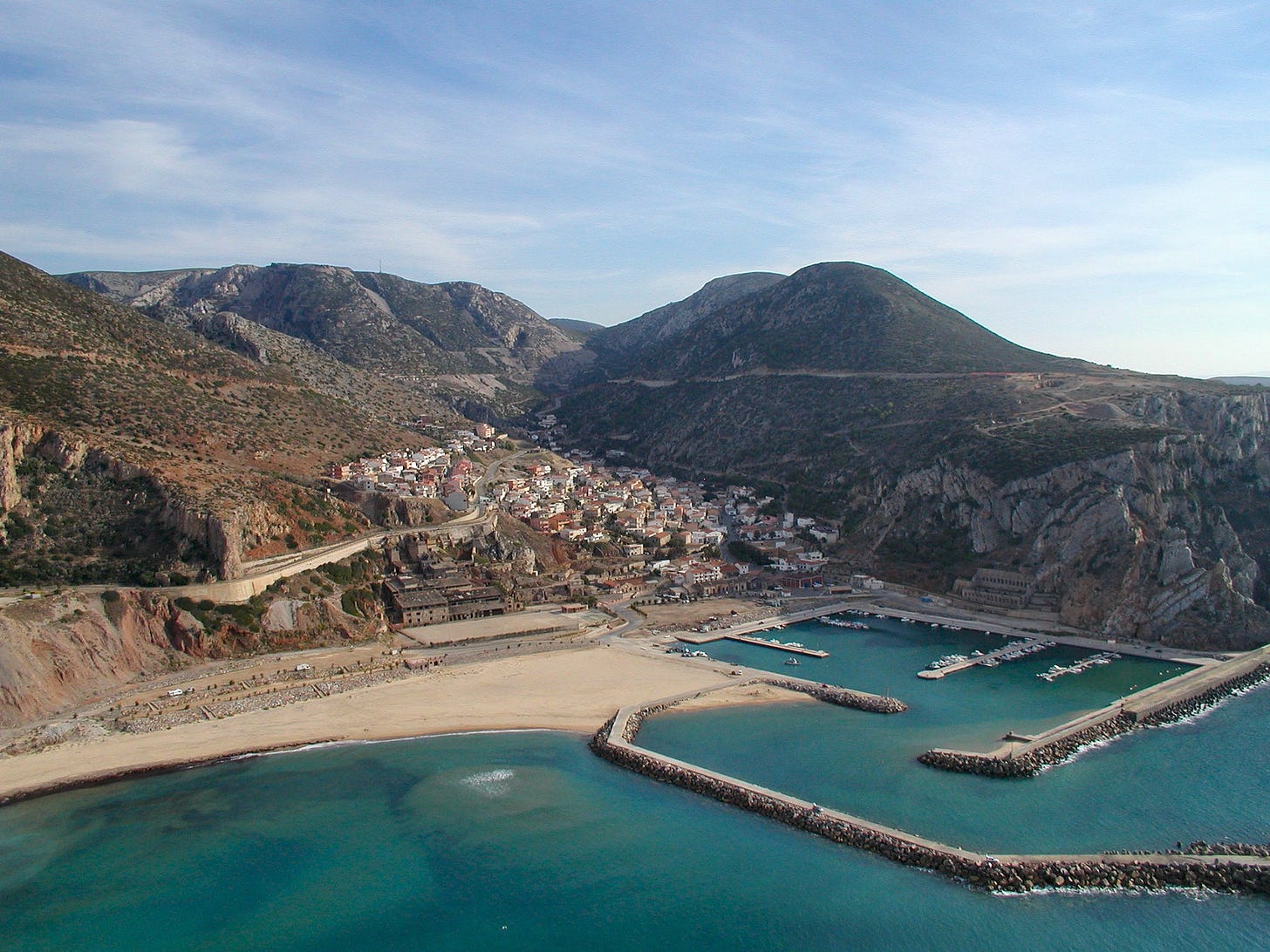
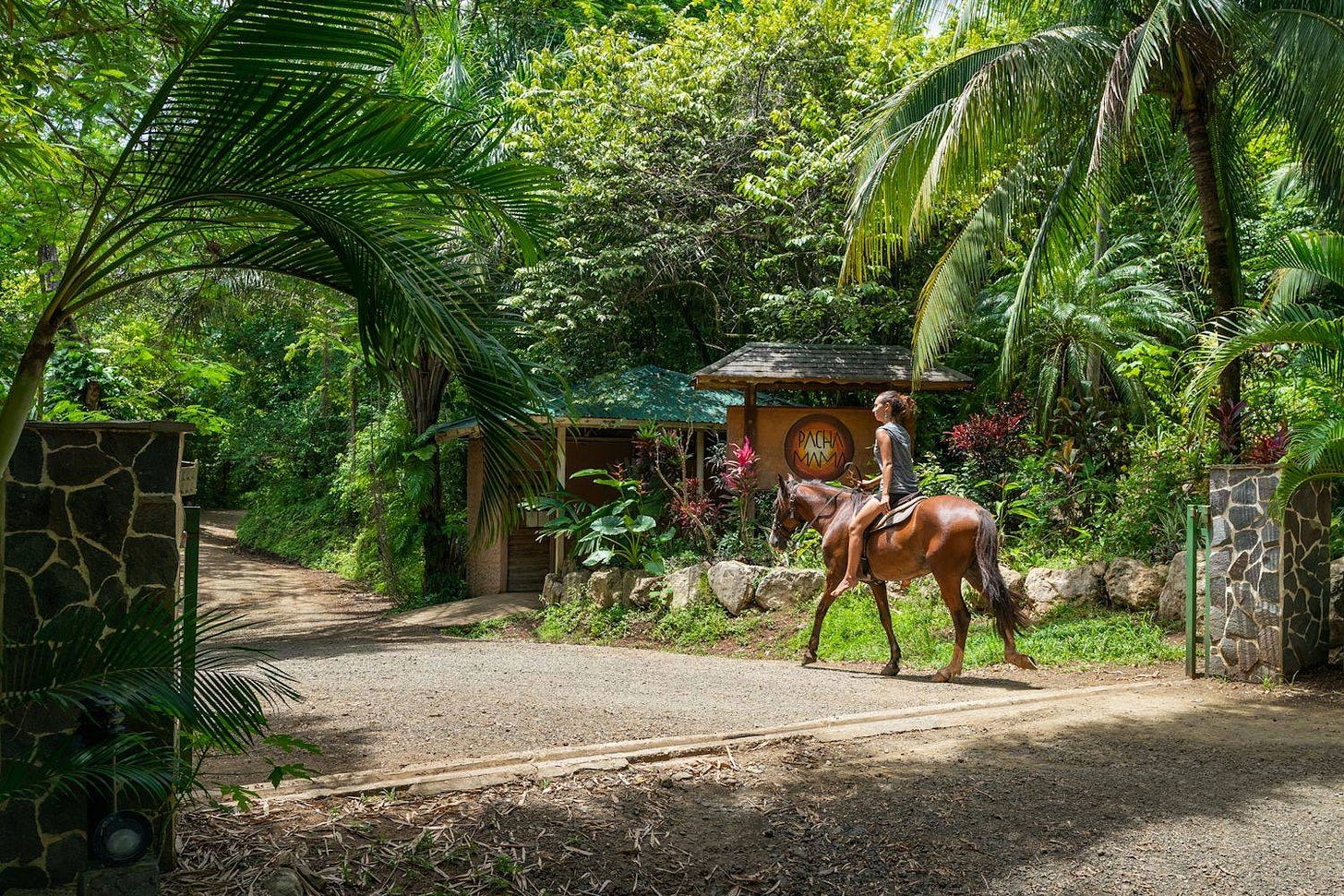
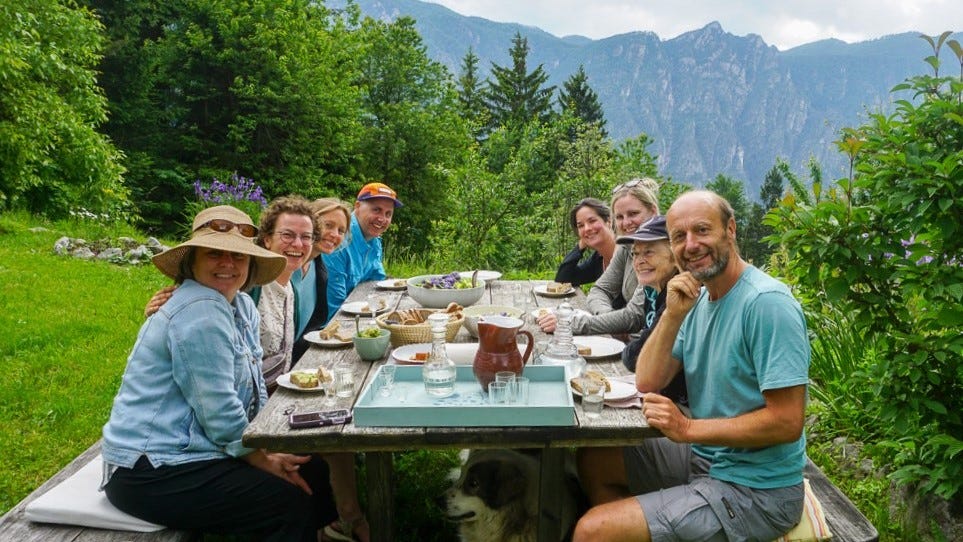
Thanks for the overview! Appreciate the balance of considerations and the slow honest approach you are taking.
It’s amazing how many different work streams you have going on at the moment! I’d love to get an overview of all the projects you have in motion, maybe a quarterly wrap-up could help a cool format to bring everything into one place!
Keep up the great work.
Well written article . I was thinking acquiring land in India where I am from is a long process . It seems it is the same everywhere.